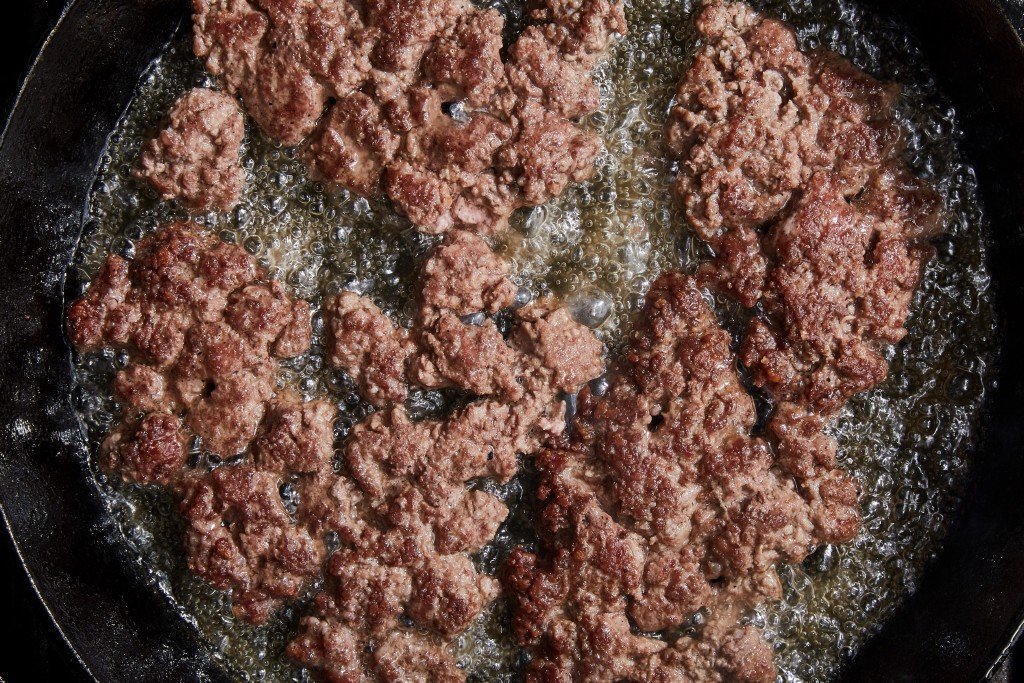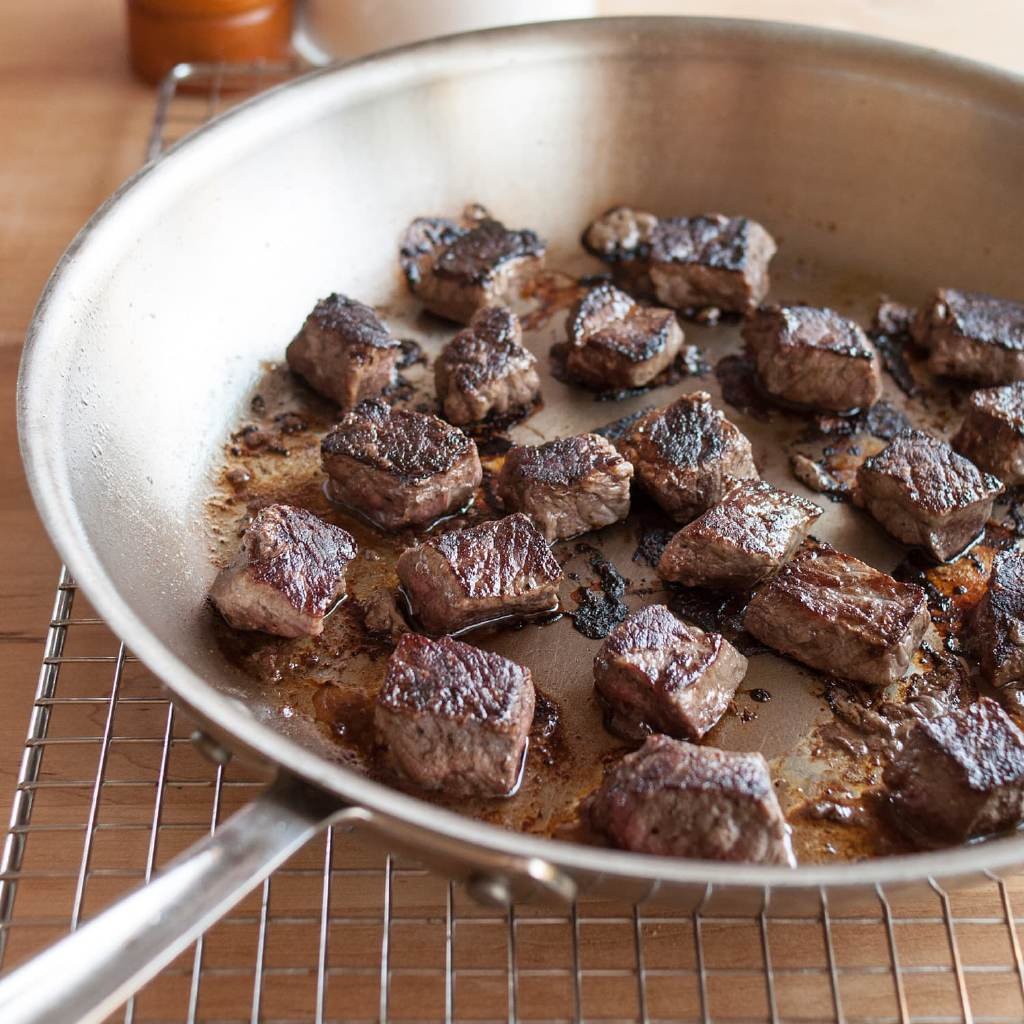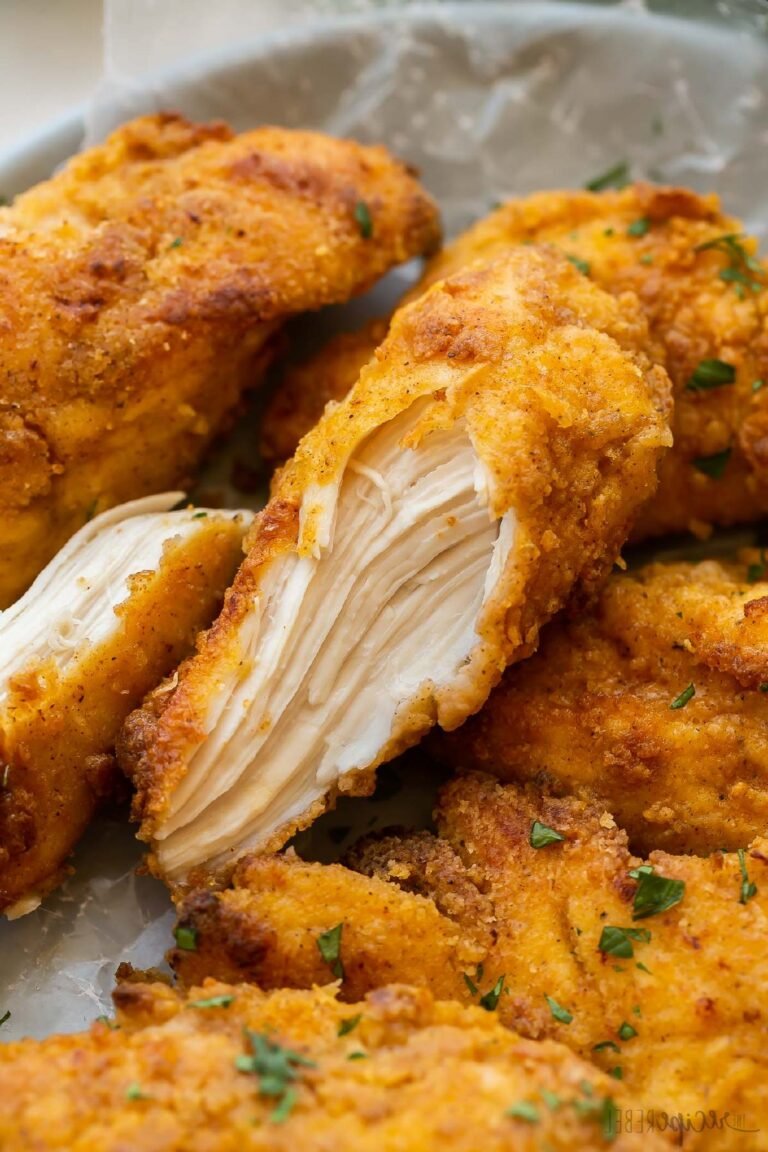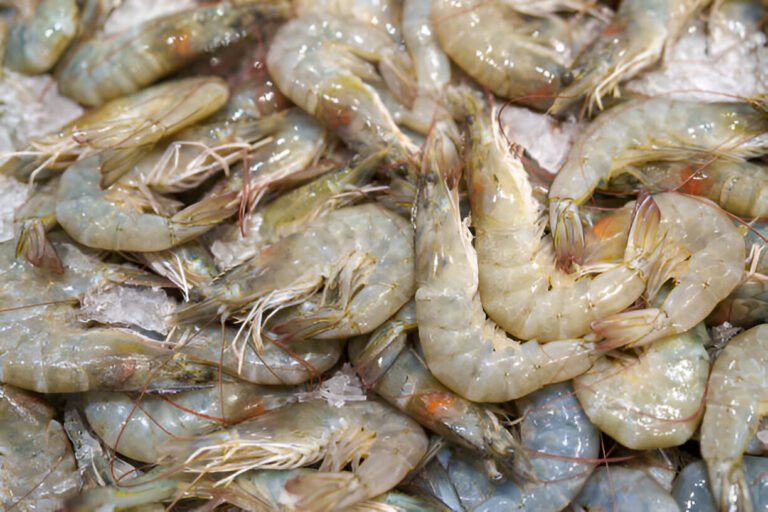Should You Brown Meat Before Adding It to Soup? The Answer May Surprise You!
We’ve all been there—the moment when you’re making soup, and you’re standing in front of your cutting board, staring at that beautiful, raw meat. The question pops up in your mind: “Should I brown it before throwing it into the pot, or can I skip that step?”
It might seem like a trivial decision, but trust me, how you treat your meat before adding it to your soup can have a big impact on the end result.
In my kitchen, I used to throw everything into the pot without a second thought. I mean, who has time for browning meat when you’re ready to make soup? But over the years, I’ve learned that the simple act of browning can take your soup from “meh” to “wow.” Let me walk you through why you might want to brown your meat first, and when it’s okay to skip that extra step.
The Magic of Browning: Flavor Transformation

If you’ve ever sautéed meat for a stew or braise, you probably noticed that golden-brown crust forming as it hits the pan. That’s not just for looks. That’s a reaction called Maillard browning, and it’s the key to unlocking deep, savory flavors in your soup. This process is truly transformative.
When you brown meat, whether it’s beef, chicken, or lamb, the high heat causes the proteins and sugars in the meat to react with each other. This process forms hundreds of complex flavor compounds that create a rich, savory depth you can’t get from boiling meat alone.
Think of it like seasoning the meat before it even hits the soup. If you skip this step, you’re missing out on a layer of flavor that can make your soup shine. Imagine trying to bake a cake without adding vanilla or butter—it’s just not the same, right? Browning meat is like adding that secret ingredient to your soup.
The Steps to Perfectly Browned Meat
- Heat Your Pan First
Before tossing meat in, let your pan get nice and hot. This ensures that when the meat hits the surface, it sears immediately instead of stewing in its own juices. - Don’t Overcrowd the Pan
If you’re cooking a lot of meat, work in batches. Overcrowding the pan can trap steam and prevent that golden-brown crust from forming. You want the meat to sizzle, not simmer. - Use the Right Fat
A little oil or butter works wonders here. If you’re working with fattier cuts of meat, like pork belly, you might not need to add much fat at all. - Let the Meat Rest After Browning
This is key. Don’t immediately toss the meat into the soup pot after browning. Let it rest on a plate for a couple of minutes to lock in those juices. This will give you a tender, flavorful result in your final soup.
| Read: How Long Does Beyond Meat Last In The Fridge? |
When It’s Okay to Skip the Browning Step
Now, don’t get me wrong—I’m not saying you have to brown meat for every soup. Sometimes, skipping the browning step makes more sense, especially when you’re aiming for a lighter broth or a faster recipe.
1. When You Want a Lighter Broth
If you’re making a delicate, clear soup, like a chicken or vegetable broth, browning the meat can cloud the soup and add a richness that might not suit the lighter flavors you’re aiming for. In this case, you can skip the browning and simply add the raw meat directly to the pot. The flavors will still develop as the meat simmers and releases its juices, but you won’t get the same intensity you’d get from browning.
2. When You’re in a Hurry
Sometimes life moves fast, and when you’re pressed for time, you might just want to get your soup simmering. Browning takes time, and while it’s worth it, it’s not always necessary, especially if you’re looking to whip up a quick meal. If you’re using ground meat, for instance, you can just add it directly to the pot, breaking it apart as it cooks. The soup will still be delicious, and you’ll save a few minutes.
3. When You’re Using Pre-Cooked Meat
If you’re using leftover cooked meat, like rotisserie chicken or roast beef, you don’t need to brown it again. The meat’s already been cooked to perfection, and adding it directly to your soup will infuse the broth with the flavors of the meat without overcooking it.
The Texture Factor: What Browning Does Beyond Flavor
Browning meat isn’t just about flavor. It also affects the texture. When you sear meat, especially tougher cuts like stew beef, it helps lock in moisture. This creates a more tender result in the soup, especially when the meat has a chance to slowly braise in the broth.
On the flip side, if you skip the browning, the meat might be a little less flavorful and tender because it doesn’t have that seared crust that helps retain juices. So, if you’re working with a tough cut of meat, like chuck roast or beef brisket, browning is a good way to ensure that it breaks down beautifully during the simmering process.
What If You’re Using Ground Meat?
Browning ground meat for soups is a bit of a different story. Many times, the purpose of browning ground meat is to get rid of excess fat and to develop a richer flavor. Whether you’re using beef, turkey, or chicken, brown it well to get rid of the grease and enhance the flavor before adding it to your soup.
However, there’s an exception. If you’re making a simple, clear soup with lean ground meat (think turkey or chicken), you might want to skip the browning step. In this case, adding the raw meat directly into the pot lets it break apart and release flavor into the broth without the heaviness of browned fat. It’s a subtle difference, but it can give you that light, fresh soup you’re after.
The Verdict: Should You Brown Meat for Soup?
Here’s the bottom line: Yes, browning meat for soup often takes it to the next level. If you have the time and you want to add a deeper flavor and richer texture, go ahead and brown your meat. It’s one of those kitchen steps that pays off in spades. But it’s not always a must.
If you’re in a rush, aiming for a lighter broth, or working with pre-cooked meat, feel free to skip it. Your soup will still turn out tasty. Just remember, when in doubt, don’t skip the basics—season your meat well, give it a bit of love in the pan, and let that heat work its magic.
In Summary: Should You Brown Meat for Soup?
| Reason to Brown Meat | When to Skip Browning |
| Adds rich, complex flavors | Lighter broths (e.g., clear soups) |
| Enhances texture and tenderness | Short on time or in a rush |
| Creates a savory crust | Using pre-cooked or leftover meat |
| Helps meat retain moisture | When using ground meat in lighter soups |
So, next time you find yourself with a pot of soup simmering on the stove, ask yourself: Do I want to enhance the flavor? Then go ahead, fire up that pan, and let the browning magic begin. But if you’re just after a quick, simple meal, it’s totally okay to skip that step and still make a delicious soup. In the end, it’s all about what fits your time, taste, and the flavor profile you want to achieve. Happy cooking!

Kathy is a restaurateur, artist, and blogger. After spending more than 10 years in the restaurant industry, she has decided to go digital and share her expertise and experience online.







